24+ Years Experience
Specialist Epoxy Resin Flooring

Enquire Today For A Free No Obligation Quote
Epoxy resin flooring is a durable and versatile flooring material that is widely used in commercial and industrial settings. It is a type of flooring that is created by combining epoxy resin, a hardening agent, and other additives to create a strong and seamless surface. Epoxy resin flooring offers numerous benefits, including resistance to chemicals, ease of maintenance, and long lifespan.
Extending the life of epoxy resin flooring is important to ensure its longevity and maintain its aesthetic appeal. Proper maintenance and care can help minimise wear and tear, prevent damage, and prolong the lifespan of the flooring. By following best practices, you can maximise the durability and performance of your epoxy resin flooring.
Before installation, proper preparation is crucial to ensure the longevity of the epoxy resin flooring. This includes thorough surface preparation by removing any dirt, oil, or debris, conducting moisture testing to identify any potential issues, repairing cracks and joints, and ensuring the surface is properly cleaned and dry.
Once the epoxy resin flooring is installed, it is essential to follow the best practices for maintenance. This includes regular cleaning using non-abrasive and non-acidic cleaning agents, avoiding the use of harsh chemicals that can damage the flooring, preventing scratches and dents by using furniture pads and avoiding dragging heavy objects, and conducting regular inspections to identify any signs of damage or wear.
Appropriate usage is also crucial in extending the life of epoxy resin flooring. This involves resisting heavy impact by using proper equipment and tools, avoiding prolonged exposure to heat that can cause discolouration or damage, and preventing chemical spills that can corrode the flooring.
In case of any common issues with the epoxy resin flooring such as discoloration, peeling, or the formation of bubbles, troubleshooting steps can be taken to address the problems and prevent further damage.
For professional maintenance and restoration of the epoxy resin flooring, it is recommended to consult with experts in the field who can provide the necessary care and support to ensure the longevity and performance of the flooring.
By following these best practices and taking appropriate measures, you can extend the life of your epoxy resin flooring and enjoy its benefits for years to come.
Epoxy Resin Flooring is a type of flooring that is widely used in commercial and industrial spaces. It is popular due to its durability and aesthetic appeal. The flooring is made of epoxy resin, a chemical compound that creates a strong and protective surface when it cures. It is highly resistant to chemical spills, abrasions, and heavy traffic. With a wide range of colours and finishes available, it can be customised to suit various design preferences. Epoxy resin flooring finds its application in warehouses, hospitals, garages, and manufacturing facilities, where durability is of utmost importance.
Extending the life of epoxy resin flooring is important due to various reasons. Firstly, it helps protect your investment since replacing flooring can be expensive. Additionally, it ensures a safe and clean environment by preventing cracks and deterioration that could potentially lead to accidents. Moreover, maintaining the longevity of epoxy resin flooring reduces the need for frequent repairs and replacements, thus saving valuable time and resources. To significantly extend the lifespan of the flooring, regular maintenance such as cleaning and resealing is essential. It is crucial to remember that prevention is key in avoiding damage and preserving the integrity of epoxy resin floors. As a pro-tip, using floor mats in high-traffic areas can help minimize wear and tear.
Proper preparation is essential before installing epoxy resin flooring. This includes surface preparation, moisture testing, repairing cracks and joints, and ensuring thorough cleaning. By following these best practices diligently, you can significantly extend the lifespan of your epoxy resin flooring. Let’s now explore each sub-section and discuss the crucial steps to ensure a successful installation and long-lasting results.
Before installing epoxy resin flooring, it is important to properly prepare the surface. This step is crucial in order to achieve a long-lasting and durable finish. Here are the key steps to follow:
It is important to remember that proper surface preparation is essential for enhancing the performance and lifespan of epoxy resin flooring. By following these steps, you can ensure a strong bond and a beautiful finish that will last for years to come.
Moisture testing is an essential step in the preparation before installing epoxy resin flooring. It is necessary to identify any underlying moisture issues that may affect the durability and performance of the flooring. Here are the steps for moisture testing:
By conducting moisture testing, you can ensure a solid foundation for your epoxy resin flooring, avoiding future issues caused by moisture-related problems.
To effectively repair cracks and joints in epoxy resin flooring, follow these steps:
Remember to seek professional assistance for larger or more severe crack and joint repairs. Regular maintenance and prompt repairs will help extend the lifespan of your epoxy resin flooring, keeping it looking good for years to come.
Proper cleaning is crucial for maintaining the longevity and appearance of epoxy resin flooring. To ensure effective cleaning, follow these steps:
Brian, a proud owner of an epoxy resin garage floor, followed these cleaning steps diligently. His floor remained in top condition for years, impressing every visitor. With proper maintenance, Brian’s floor withstood heavy traffic and looked as good as new. His investment of time and effort in regular cleaning paid off, saving him from costly repairs and replacements.
Best Practices for Maintaining Epoxy Resin Flooring
Maintaining your epoxy resin flooring doesn’t have to be a never-ending chore. This section explores the best practices that will help you extend the life of your flooring. We will discuss simple cleaning techniques, avoiding harsh chemicals, preventing scratches and dents, utilizing floor mats and protectors, and conducting regular inspections. By following these practices, you can say goodbye to costly repairs and enjoy a pristine and long-lasting epoxy resin floor.
Regular cleaning is crucial for maintaining the longevity of epoxy resin flooring. Here are some best practices to follow for regular cleaning:
By following these regular cleaning practices, you can keep your epoxy resin flooring looking attractive and in top condition for years to come.
Avoiding harsh chemicals is crucial for the proper maintenance and preservation of epoxy resin flooring. Harsh chemicals can damage the protective coating and diminish the lifespan of the flooring. Here are some tips for avoiding harsh chemicals:
True story: A company in Boston had a beautiful epoxy resin floor in their garage. They always followed proper maintenance techniques and avoided harsh chemicals. As a result, their floor remained in top condition for many years, impressing everyone who visited their garage. Their careful attention to avoiding harsh chemicals saved them from costly repairs or replacements.
To prevent scratches and dents on your epoxy resin flooring, follow these steps:
By implementing these preventive measures, you can maintain the appearance of your epoxy resin flooring and extend its lifespan. Remember to always follow the manufacturer’s instructions and consult professionals for any specific maintenance or repair needs.
Using floor mats and protectors is crucial for prolonging the life of your epoxy resin flooring. Here are some reasons why:
By using floor mats and protectors, you can preserve the beauty and integrity of your epoxy resin flooring for a longer time, saving you money on repairs or replacements.
Regular inspections are essential for maintaining the longevity and performance of epoxy resin flooring. Follow these steps to ensure its top condition:
By conducting regular inspections, you can identify any minor issues early on and address them promptly, prolonging the lifespan of your epoxy resin flooring.
To ensure the longevity and durability of your epoxy resin flooring, it is important to follow certain practices. In this section, we will discuss the significance of appropriate usage and ways to avoid potential damages. We will provide essential tips and tricks to maintain the integrity of your epoxy resin flooring, including resisting heavy impacts and preventing chemical spills. Let’s explore these practices to extend the lifespan of your epoxy resin flooring.
Resisting heavy impact is essential for maintaining the integrity and longevity of epoxy resin flooring. Here are some best practices:
Avoiding prolonged exposure to heat is essential for maintaining the longevity and quality of epoxy resin flooring. Here are some steps to follow:
Here’s a true story: A business owner neglected to protect their epoxy resin flooring from heat and placed a hot grill directly on the floor. The excessive heat caused the epoxy to warp and crack, resulting in costly repairs.
Preventing chemical spills is essential for maintaining the integrity and longevity of epoxy resin flooring. Here are some steps to follow:
Implement proper storage and handling procedures for chemicals to reduce the risk of spills.
Label and segregate chemicals correctly to avoid confusion and accidental spills.
Train employees on safe handling practices to minimize the likelihood of spills.
Use secondary containment measures such as drip trays or spill pallets to capture any potential spills.
Regularly inspect storage areas and equipment for leaks or damage that could lead to spills.
Have spill response kits readily available to quickly address any spills that do occur.
Clean spills immediately using appropriate absorbents and follow proper disposal procedures.
Evaluate the effectiveness of spill prevention measures regularly and make necessary adjustments.
By implementing these preventative measures, you can minimise the risk of chemical spills and protect your epoxy resin flooring from potential damage.
If you are experiencing unexpected issues with your epoxy resin flooring, do not worry! This section will discuss troubleshooting common problems that may occur. These issues include discoloration, peeling, and the formation of bubbles. Prepare your toolkit and be ready to face these challenges. With our guidance, you will be able to say goodbye to any flooring concerns and welcome a vibrant, long-lasting epoxy resin floor that will impress everyone.
The discolouration of epoxy resin flooring is a common issue that can occur due to various factors, such as exposure to UV rays, chemical spills, or improper cleaning.
| Causes of Discolouration | Solutions |
| Exposure to UV rays | Apply a UV-resistant topcoat or use curtains or blinds to block sunlight. |
| Chemical spills | Wipe up spills immediately and avoid using harsh chemicals. |
| Improper cleaning | Use mild detergents or dishwashing liquid and avoid abrasive particles. |
To prevent discolouration, it’s important to take proper care of your epoxy resin flooring. Regular cleaning, using safe cleaning products, and addressing stains promptly can help maintain its appearance. Protecting the floor from direct sunlight and avoiding harsh chemicals can help minimise discolouration.
When it comes to epoxy resin flooring, the formation of bubbles can be a common issue. These bubbles can have a negative impact on the appearance and performance of the flooring. To prevent this problem, it is important to follow proper installation techniques. It is essential to ensure that the surface is properly prepared and free of any moisture. Using a roller with a spike or paddle attachment can help to release any trapped air during the application process. Regular inspections and maintenance routines should be implemented to identify and address any bubbles that may form over time. By taking these precautions, the formation of bubbles can be minimized, preserving the integrity and longevity of the epoxy resin flooring.
By following these steps, you can ensure that your epoxy resin flooring remains in excellent condition for years to come. Hiring a professional for maintenance and restoration will help keep your flooring looking its best and extend its overall lifespan.
Regular maintenance and proper care are essential for extending the lifespan of your epoxy floor. Sweep the floor daily with a soft-bristle brush to prevent dust and abrasive particle build-up. Wash the floor once a week with a mild detergent solution. Treat spills immediately to avoid damage to the surface.
Do use a soft brush and mild detergents for cleaning. Don’t use abrasive cleaning tools or harsh chemical cleaners that can damage the epoxy. Avoid excessive water that can weaken adhesive bonds. Promptly clean oil, grease, and chemical spills to prevent damage.
To enhance the performance and attractiveness of your epoxy floor, consider the following tips: regularly sweep with a dust mop or soft-bristle broom, use pH-neutral cleaners specifically formulated for epoxy flooring, promptly treat food stains and use specialized cleaning agents for paint and ink stains. Periodically reseal or recoat the floor to restore its luster.
In a garage, it is important to invest time and effort in effective maintenance routines. Regularly clean the floor with a soft-bristle broom and mild detergent solution. Use walk-off mats to minimize dirt and debris. Consider overhead storage solutions and wall organizers to keep the garage clean and safe.
To minimize repairs and expensive replacements, follow these tips: promptly clean spills to prevent damage, avoid dragging heavy objects with sharp edges that can scratch the floor, use walk-off mats to reduce wear, and consult a professional to determine if resealing or recoating is necessary.
If your epoxy floor is severely damaged, it may require professional assistance. However, you can try troubleshooting tips such as using absorbent materials to neutralize chemical spills, using mild detergent or dishwashing liquid for cleaning, and using rubber mats in areas with heavy machinery or traffic to reduce further damage.

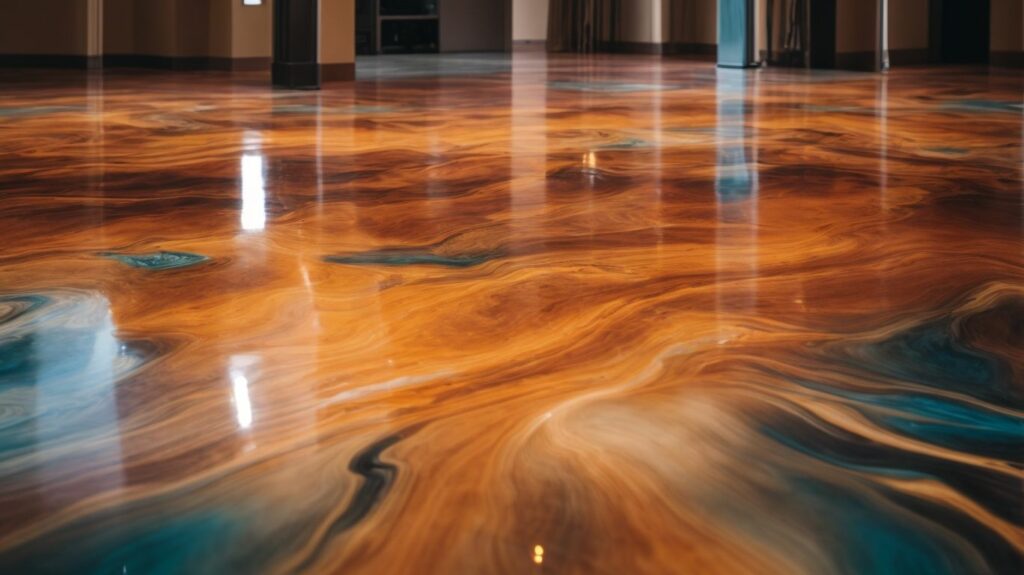
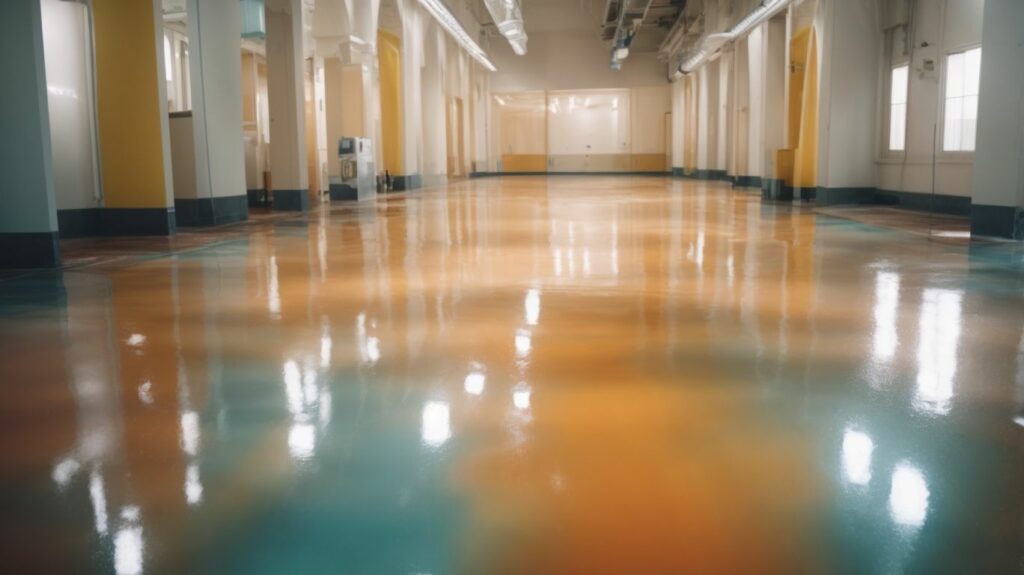





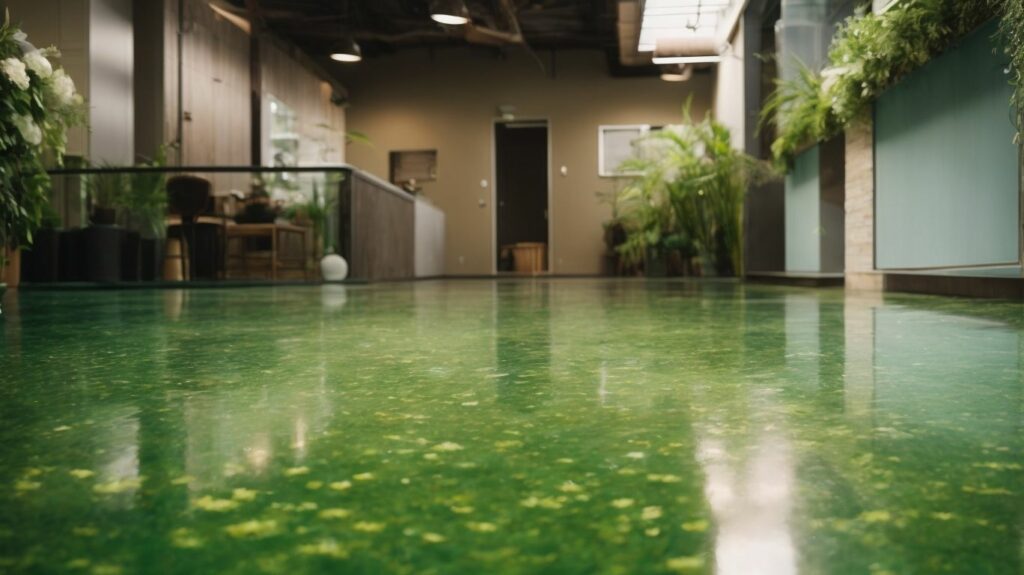

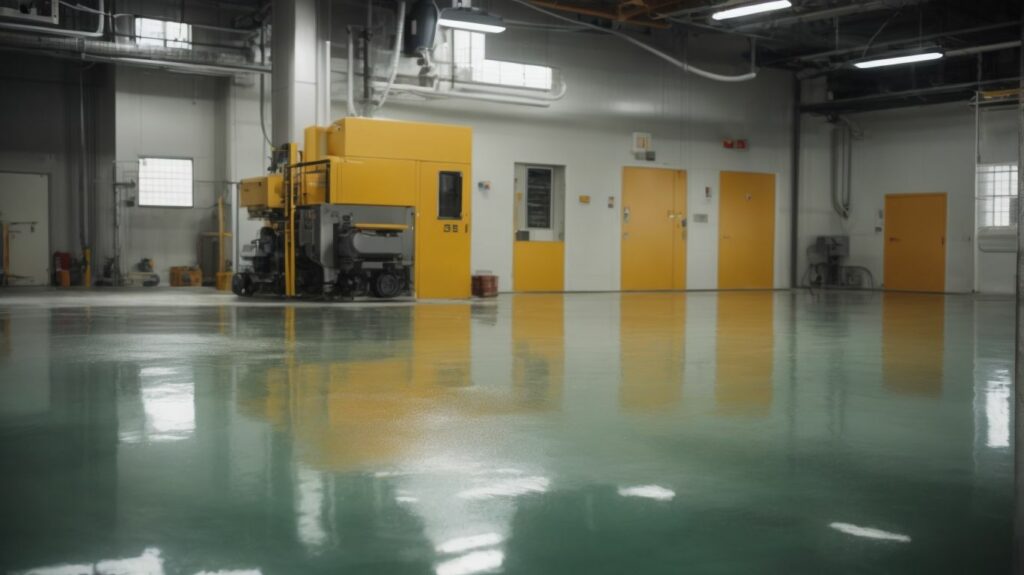




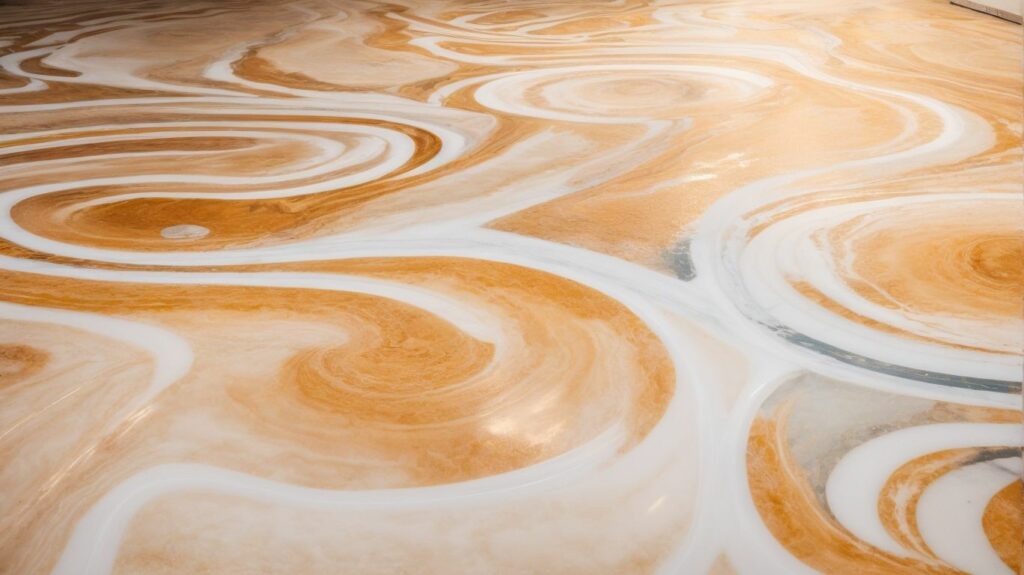

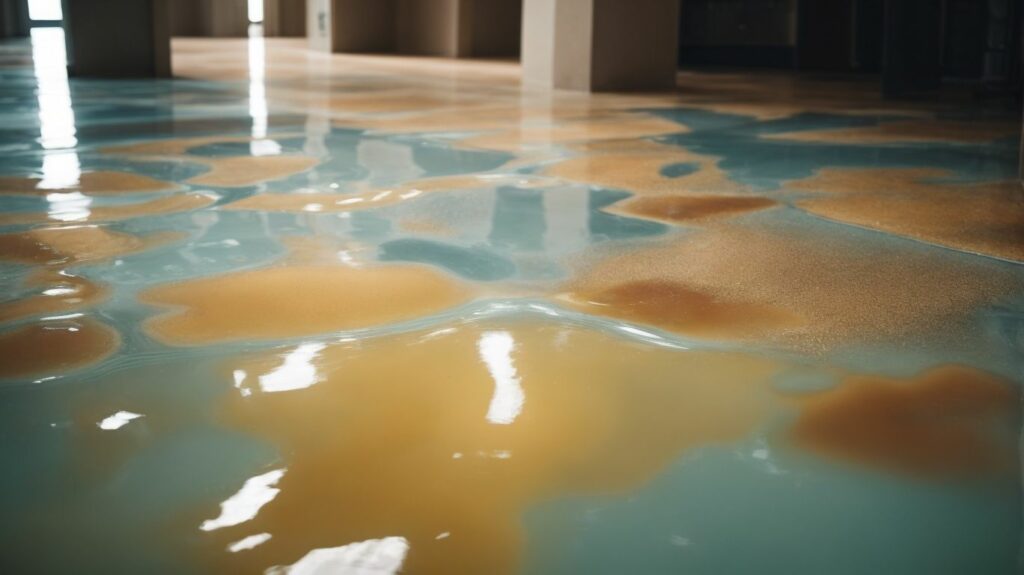
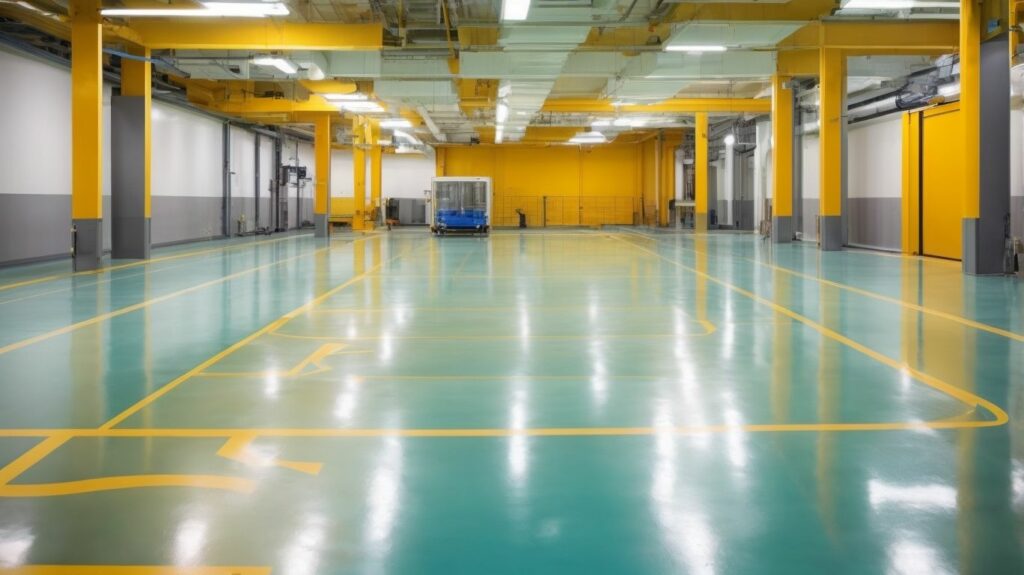


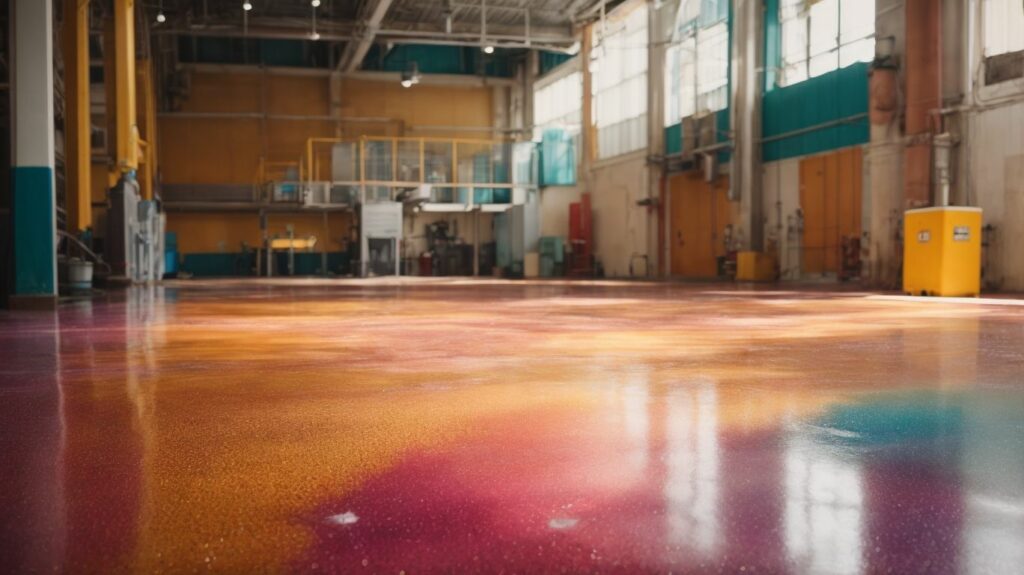
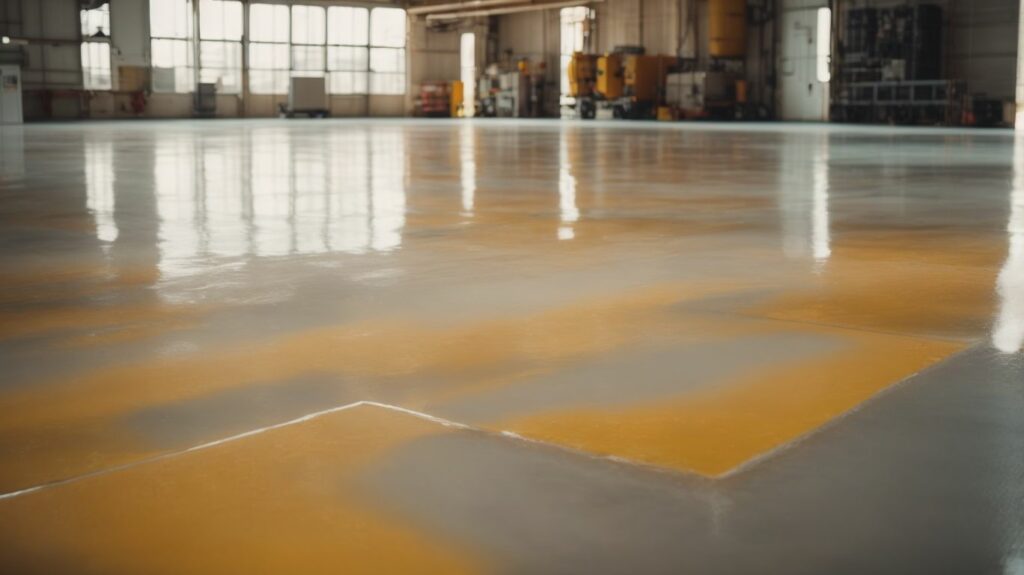
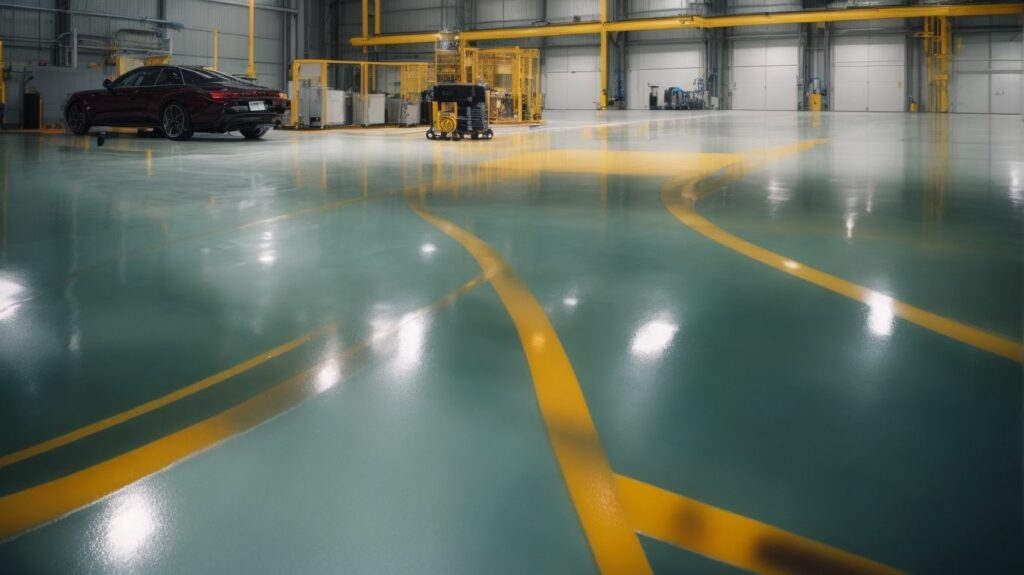



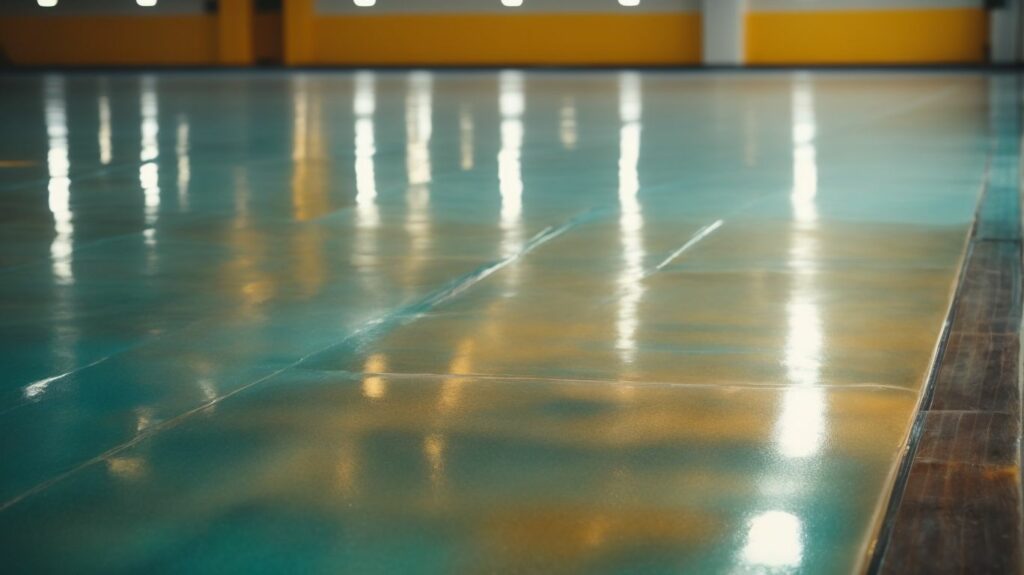


We Aim To Reply To All Enquiries With-in 24-Hours